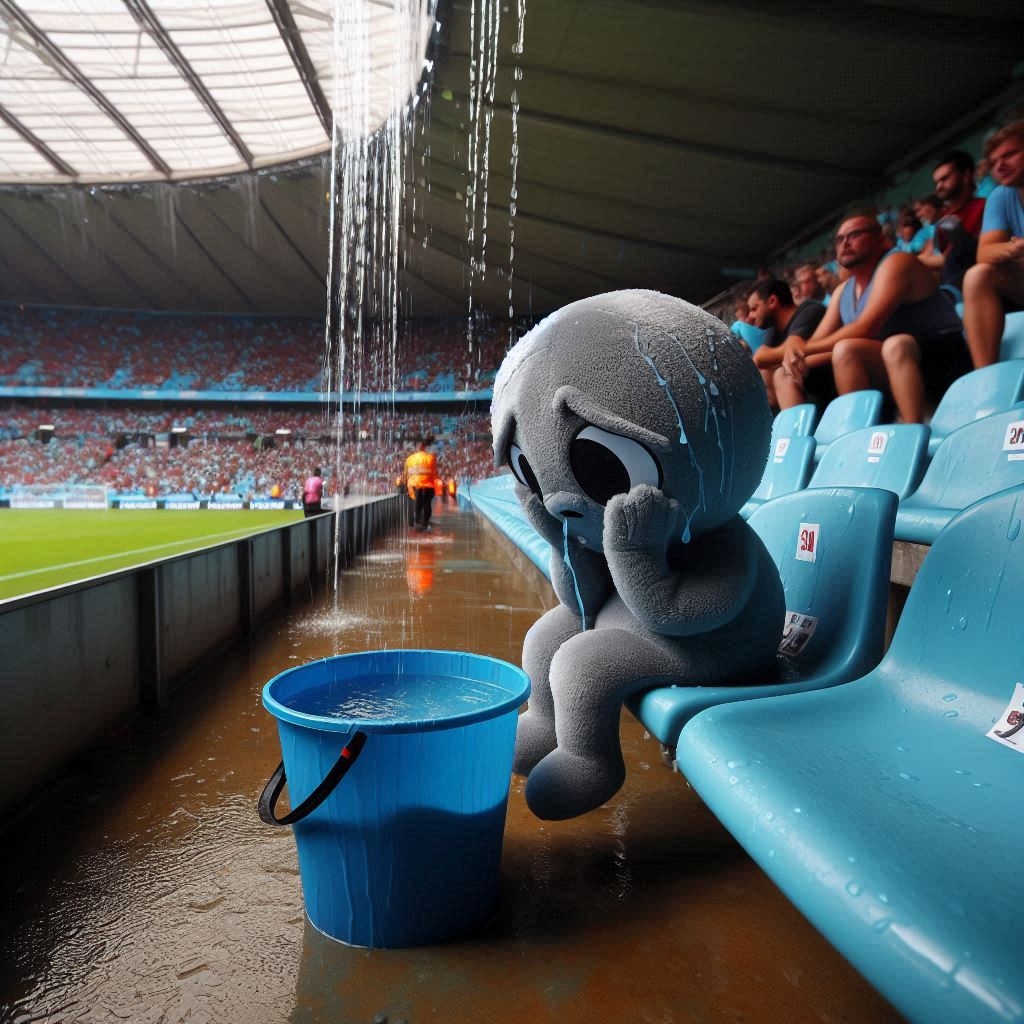The Art of Crafting a Quality Cricket Pitch
Cricket, a sport loved by millions around the globe, is as much a game of skill and strategy as it is a testament to the quality of the playing field, especially the cricket pitch. But what goes into making a quality cricket pitch, and what makes it so special? Let’s delve into the fascinating process.
The Making of a Cricket Pitch
The creation of a cricket pitch is a meticulous process that begins with the selection of soil. The ideal soil is a mixture of clay, usually about 70%, with the rest being silt and sand. This composition helps the soil retain the right amount of moisture and provides the hardness required for the pitch.
The soil is then spread over the pitch area and compacted using heavy rollers. This process is repeated several times to achieve the desired flatness and hardness. The pitch is then left to settle and further compact under its own weight.
Next comes the process of grassing the pitch. The type of grass used varies depending on the region, but it’s typically a variety that can withstand heavy wear and tear. The grass is mowed regularly and maintained at a short length.
Finally, before a match, the pitch is rolled again, and any grass on the pitch is trimmed down. The pitch is also watered if needed, depending on the type of play desired.
The Speciality of a Cricket Pitch
What makes a cricket pitch special is its ability to significantly influence a game. The behavior of the pitch can determine the ball’s bounce, speed, and turn. Therefore, teams often strategize around the pitch conditions.
A well-prepared pitch is a balance between providing an even contest between bat and ball and ensuring it lasts for the duration of the match. The pitch’s condition can change over the course of the game, adding an extra layer of intrigue to the sport.
Manipulating Cricket Pitch Characteristics
The characteristics of a cricket pitch can be manipulated to favor different styles of play, adding another layer of strategy to the game. Here’s how:
Soil Composition
The type of soil used can greatly influence the pitch’s behavior. A higher clay content can make the pitch harder and more conducive to bounce, favoring fast bowlers. On the other hand, a higher sand content can make the pitch softer and slower, favoring spin bowlers.
Grass Length
The length of the grass on the pitch can also be manipulated. A pitch with longer grass can provide more seam movement for fast bowlers, while a bare, grassless pitch can provide more turn for spinners.
Moisture Levels
The amount of water used can affect the pitch’s speed and bounce. A well-watered pitch can be slower and have less bounce, while a dry pitch can be faster and bouncier.
Rolling
The extent and timing of rolling can also change the pitch’s characteristics. Heavy rolling can make the pitch harder and flatter, favoring batsmen, while less rolling can leave the pitch softer, favoring bowlers.
Ageing
The pitch’s behaviour has to and can change over the course of a match due to a variety of reasons. A fresh pitch may favor fast bowlers, but as the pitch wears down, it can start to favor spin bowlers. This ageing process can be managed through watering and rolling.
The art of pitch preparation is about balance. A good pitch provides a fair contest between bat and ball and can last for the duration of the match.
The Timeline of Crafting a Quality Cricket Pitch
The process of creating a cricket pitch is not an overnight task. It requires careful planning and execution over a period of time. Here’s a general timeline:
Initial Preparation (2-3 weeks)
The initial preparation of the pitch begins about two to three weeks before the match. This includes the selection and laying of the soil, compacting it, and allowing it to settle.
Grassing and Mowing (1-2 weeks)
The grassing of the pitch usually happens about one to two weeks before the match. The grass is then mowed regularly to maintain the desired length.
Final Preparation (2-3 days)
The final preparation of the pitch, including the last round of watering and rolling, takes place in the two to three days leading up to the match.
It’s important to note that these timelines can vary based on factors such as the type of soil, the weather conditions, and the desired characteristics of the pitch. Also, the maintenance of the pitch is an ongoing process that continues even after the match has started.
Interesting Facts
Did you know that the color of the pitch can give you a clue about its characteristics? A green pitch is likely to assist fast bowlers, while a brown or dusty pitch might favor spin bowling.
Also, the pitch’s direction is always aligned along the north-south axis to minimize the impact of the sun on the players’ vision.
Wrapping Up
The creation of a cricket pitch is a fascinating blend of science, art, and a deep understanding of the game. It’s a long and tedious process that requires time, precision, patience, adaption and a keen eye for detail. From the careful selection of soil to the meticulous maintenance of grass length, every step plays a crucial role in shaping the game’s outcome.
A quality cricket pitch doesn’t just happen; it’s crafted. It’s the result of countless hours of hard work and dedication by groundsmen who are the unsung heroes of the sport. Their expertise in manipulating pitch characteristics to bring balance to the game is truly remarkable.
So, the next time you watch a cricket match, take a moment to appreciate the pitch. It’s not just a playing surface, but a testament to the art of pitch preparation and the strategic depth of cricket.
Join the discussion below and share your thoughts on the art of crafting a quality cricket pitch!
#CricketPitch #Cricket #Sports #PitchPreparation #CricketFacts #CricketLovers #CricketGame #SportingGrounds #GrassRootsCricket #LoveForCricket




